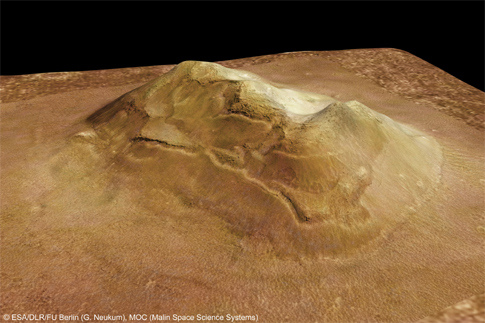In case you were considering it for your aches, you should find out what Magnet therapy is good for before spending too much (hint: The answer begins with “N” ends with “g” and has an “othin” in between).
Magnet therapy got a huge kick in the 1990s with a string of sports celebrity endorsements, such as one from the injured Miami Dolphin’s quarterback Dan Marino. Marino no doubt knows pain: The Hall-of-Fame passer lost nearly a dozen playoff games, never won a Super Bowl, and now toils as a spokesperson for such contradicting entities as Papa John’s and NutriSystem. What reduced his pain, if anything, was likely the million-dollar around-the-clock care he received as a professional athlete.
A few small studies have found marginal benefits, such as a 1997 study from Baylor College of Medicine involving 50 patients with knee pain. This is the study most cited by purveyors of magnetic goods.
Conversely, the dozen or so larger studies since 1997 finding no benefit from magnets are the least likely to be cited. The Baylor study has never been replicated, which in the world of medical studies can mean that a study’s methods were flawed or that the results for some reason simply don’t stick in the real world.
Don’t confuse static magnets, however, with electromagnets, devices used in hospitals and involving pulses of electricity shown to help heal bone fractures. While experimental, the therapy is promising and likely relies on the “electric” part of electromagnetism affecting cell membranes or nerve cells.
The author also points out that if magnet therapy were actually capable of doing anything its proponents claim, then an MRI would kill you, since it is thousands of times stronger than the magnets used in magnet therapy. It would literally pull all your blood out of you. Pretty much, you would explodificate in a spectaulationistical way.
[tags]What Magnet therapy is good for, Magnet therapy’s health benefits[/tags]


